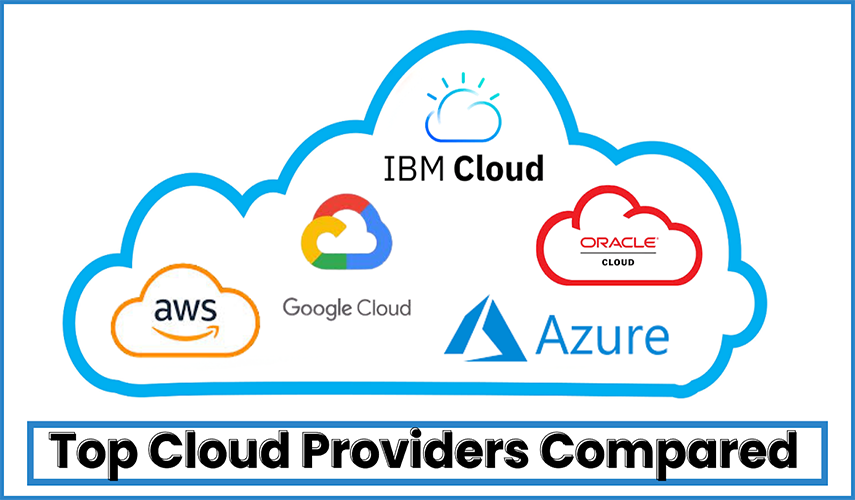
Evaluate Cloud Providers
For enterprises evaluating cloud providers, Amazon Web Services (AWS), Microsoft Azure, and Google Cloud (GCP) all offer robust, highly capable platforms. However, their performance, pricing, global reach, and support models differ significantly, making the best choice dependent on a company's specific needs.
Key differentiators and ideal use cases
Amazon Web Services (AWS):
- Best for: Large-scale enterprises, global services, and complex, mission-critical applications that require the most mature and extensive ecosystem.
- Strengths: Most mature service portfolio, unmatched global reach, a comprehensive free tier for new users, and a massive ecosystem of third-party integrations.
- Weaknesses: Can be overwhelming for new users due to the sheer number of services. Pricing can also become complex.
Microsoft Azure:
- Best for: Enterprises with existing Microsoft investments, hybrid cloud solutions, and regulated industries.
- Strengths: Deep integration with Microsoft tools (e.g., Office 365, Active Directory), strong hybrid cloud capabilities via Azure Arc, and robust security features.
- Weaknesses: Some advanced services, particularly in AI/ML, are still catching up to the competition, though rapid progress is being made.
Google Cloud (GCP):
- Best for: Data-driven businesses, AI/ML-focused applications, and companies with a strong focus on open-source technologies.
- Strengths: Industry leader in data analytics and AI tools (BigQuery, Vertex AI), leadership in Kubernetes, and a user-friendly platform.
- Weaknesses: Smaller market share and a less mature enterprise ecosystem than AWS and Azure.
How to evaluate cloud providers for your business
To select the right cloud provider, consider the following approach:
- Assess your workloads: Match your specific needs with a provider's strengths. For example, if you are a data-heavy business, GCP is an excellent option.
- Consider your existing tech stack: If your organization relies heavily on Microsoft products, Azure may provide the smoothest integration.
- Run a cost analysis: Use each provider's pricing calculator to create a precise cost estimate for your planned architecture.
- Take advantage of free trials: Test each platform's free tier to evaluate its user-friendliness and suitability for your needs.
- Develop a multi-cloud strategy: Consider a multi-cloud approach to leverage the unique strengths of each provider and avoid vendor lock-in.
